Vitamin D Deficiency and Fatigue
Vitamin D is a nutrient that can be obtained from food or vitamin supplement, or produced by the human body after exposure to the sun. When the body lacks a sufficient quantity of this substance, a variety of harmful reactions can occur, including fatigue.

Among all the many causes of fatigue, vitamin D deficiency remains one of the most inexplicable. After all, this substance – which is affectionately referred to as “the sunshine vitamin” – really shouldn’t be that hard for people to maintain at the required levels. Research indicates that it only takes about thirty minutes of sun exposure each week to enable the human body to produce all the vitamin D it needs on its own.
And yet, despite the ease with which the right level of vitamin D could be maintained, most estimates put the number of vitamin D deficient people worldwide at somewhere between one and three billion. Yes, that’s right: about half of the men, women, and children around the world are believed to suffer from vitamin D deficiency. There are reasons for this, of course.
No matter how you view it, that’s a large number of people who are more susceptible to fatigue than they should be!
What is Vitamin D?
Vitamin D is a fat soluble substance that is vital for the proper absorption of both calcium and phosphorous. Despite its name, it is not technically a vitamin at all, since it can be manufactured by the body when the right conditions are present. It is actually defined as a pro-hormone. Regardless of classification, its important cannot be disputed. Without it, the body has difficulty maintaining strong bones, healthy teeth, and a peak-efficiency immune system.
Though the actual conditions for acquiring sufficient quantities of vitamin D might seem as though they would be easy to meet, the fact is that there are some factors that can inhibit a person’s ability to get enough sunlight to produce what they need. For example, darker skin colors appear to have more trouble absorbing the necessary sunlight. Sunscreen, clothing, and the angle of the sun during exposure also affect absorption.
Because of those factors, there are different groups of people who appear to be at higher risk of vitamin D deficiency than the population as a whole. These include infants who rarely see sunlight for any period of time, people with dark complexions and those with very fair skin, and those who work at night or who live in areas with very little sunshine.
In other words, roughly half of the people on the planet …
What Are the Symptoms of Vitamin D Deficiency?
A lack of vitamin D can result in a loss of energy and a general state of weariness, as well as aches and pains. There are, however, other symptoms that accompany this deficiency:
- You might find yourself more susceptible to illnesses, such as the common cold
- Muscle weakness and tension is common
- Depression is common as well
- Moodiness, irritability, and memory impairment can occur
- Other medical conditions such as rickets, osteoporosis, and even cancer often indicate a deficiency of this vitamin as well
How Can You Resolve Vitamin D Deficiency?
Obviously, there is only one way to resolve any nutrient deficiency and that is to ingest more of the missing substance. In this case, however, many people often complain about the perceived lack of good food sources for vitamin D. That is, as you will see, silly. The fact remains that there are many good sources for obtaining this vitamin, and most people don’t have to resort to less effective vitamin supplements unless they choose to do so. Of course, those supplements are always available for those who are afraid they’re not getting enough of this vitamin.
Food sources of Vitamin D
Despite conventional wisdom, there are quality vitamin D food sources available. While they might not offer the type of food variety that some people might like, the options that are available include things that many people consider meal staples:
- Fortified cereals are packed with vitamin D
- Eggs have this crucial substance as well
- Milk is fortified with it
- Fish contains natural vitamin D
- Bread has it
Most people who look at just this list might notice that just those five foods alone could serve as a good foundation for a day’s dietary menu. Add a few fresh fruits and vegetables and the meal would be complete!
As it stands today, nearly half of the world continues to suffer from vitamin D deficiency, and many suffer the fatigue and aches and pains associated with that lack of nutrition. The good news is that most of them can overcome that exhaustion by focusing on raising their vitamin D levels through better dietary choices and supplementation.
You might also be interested in:
- Can a Lack of Vitamin D Cause You to be Fatigued? http://www.livestrong.com/article/402454-can-a-lack-of-vitamin-d-cause-you-to-be-fatigued/
- Symptoms & Diseases Associated With Vitamin D Deficiency. http://www.drfranklipman.com/symptoms-diseases-associated-with-vitamin-d-deficiency/
- Vitamin D Deficiency- An Ignored Epidemic. http://www.ncbi.nlm.nih.gov/pmc/articles/PMC3068797/
- New trial shows treating vitamin D deficiency significantly improves fatigue symptoms. https://www.vitamindcouncil.org/blog/new-trial-shows-treating-vitamin-d-deficiency-significantly-improves-fatigue-symptoms/
- Vitamin D: Health Benefits and Recommended Intake. http://www.medicalnewstoday.com/articles/161618.php


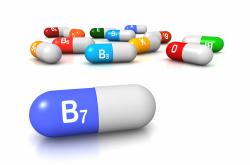
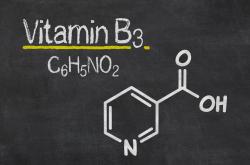
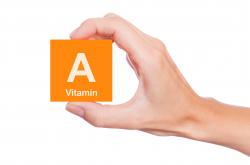

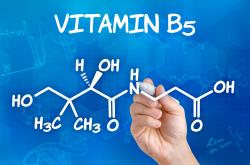
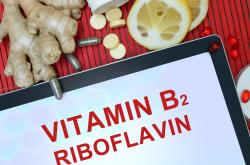

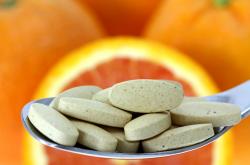









Leave a comment